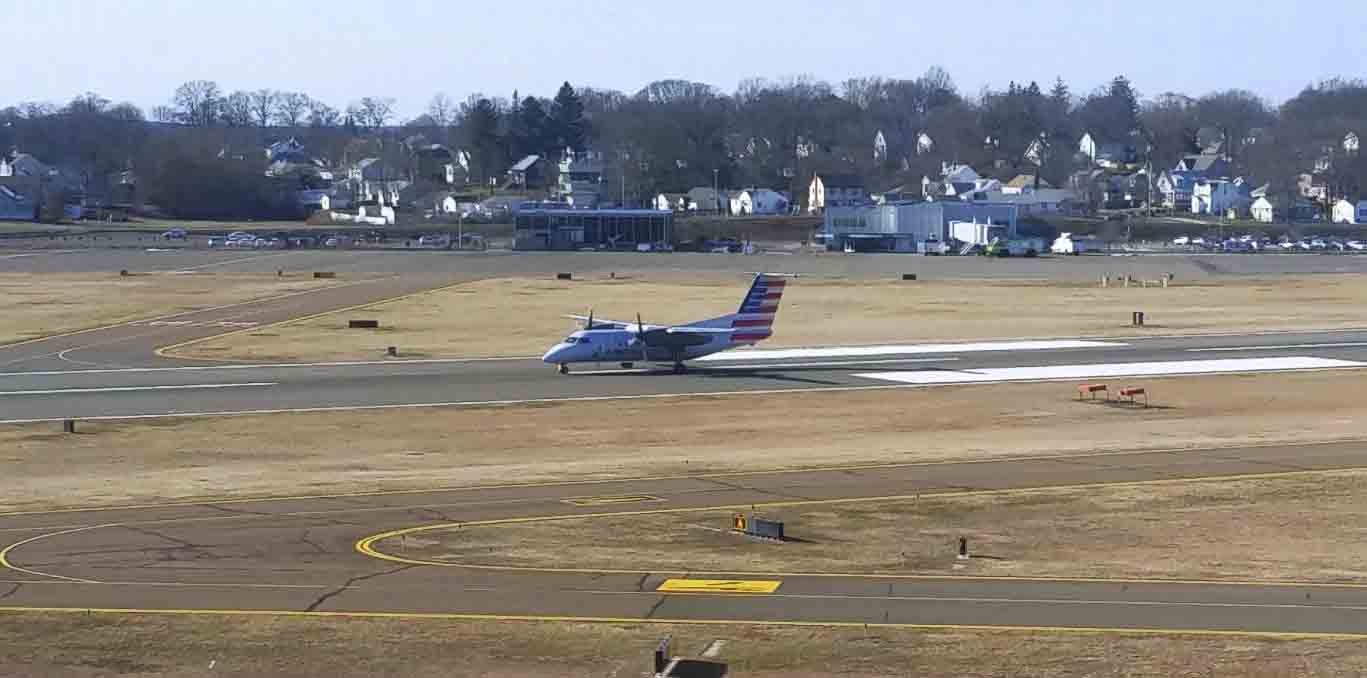
Wikimedia Commons
The General Assembly held its first hearing to discuss a bill to expand the runway on March 19, revealing a stark division between local officials and the communities that surround the airport.
Introduced by the Planning and Development Committee, House Bill 5537 would, among other things, remove language in a state statute that limits Tweed’s runway length to 5,600 feet. This change would meet the airport’s plan to extend its runway by 1,000 feet, in an attempt to convince airlines to expand their services in the Elm City. At the March 19 hearing, Mayor Toni Harp and representatives from local communities and businesses, including Yale, testified in favor of the bill, while many residents who live closer to the airport objected to the proposed expansion, with some saying it will cause environmental and economic problems.
“Greater New Haven has a national, even global, presence in many fields,” Harp said in her testimony. “We are eager to provide for a great city, at the hub of a great region, with great people doing great things, greater access to other major cities, other bustling regions and their commensurate airports.”
Harp cited American Airlines’ decision in November 2017 to expand the capacity of its flights between New Haven and Philadelphia from 37 to 50 passengers as a “vote of confidence” in the airport. She also provided testimonials gathered from business leaders in New Haven, one of which said, “We are unable to keep our sales team in the New Haven area due to poor air connections locally.”
Garrett Sheehan, president of the Greater New Haven Chamber of Commerce, echoed Harp’s assessment in an interview with the News. He said more flight options in New Haven would save time for travellers and give New Haven an upper hand in attracting new businesses and high-skilled professionals.
At the moment, the only commercial flights at Tweed are three daily round trips to Philadelphia.
According to Tweed-New Haven Airport Executive Director Tim Larson, the limited length of the runway has made taking off and landing more challenging for larger planes, often forcing them to operate at less than full capacity. In an era when airlines are gravitating toward larger planes, he said, a longer runway would make flights with these planes profitable for airlines, causing the airlines to expand their services in New Haven.
“Twice a year, I go to a conference, which is almost like speed-dating airlines,” Larson said. “They are very interested in the New Haven market [should Tweed be expanded].”
Still, opposition to the expansion abounds in the neighborhoods surrounding the airport.
Kevin Buterbaugh, a nearby resident who testified against the bill and a political science professor at Southern Connecticut State University, pointed to a “master expansion plan” the airport produced in 2002 to explain its motive for litigating existing agreements. Though the airport is now only seeking permission to pave 1,000 feet of runway within its boundaries, the next step as delineated in the “master plan” would be to further expand the runway to 7,200 feet by acquiring more land.
“Everything they have proposed fits their master plan very closely, and the end result is a very large runway,” Buterbaugh said.
He also pointed out that the airport has inflated many of the figures used to advance its arguments, such as the number of potential passengers. Expanding the airport would only lead to market cannibalism between between Tweed and the Bradley International Airport in Hartford, which has already been struggling in recent years, Buterbaugh said.
In an interview with the News, state Rep. James Albis FES ’16, D-East Haven, attributed much of the misgivings with the plan to a “lack of trust” between communities, the airport and City Hall. He said the runway limit represents a compromise the airport made in 2009 with its adjacent neighborhoods. Since then, the city of New Haven and the airport have tried to remove that limit, including an unsuccessful court challenge last year.
Other residents focused on the environmental impact of the expansion. Rachel Heerema, another nearby resident, said that expanding the airport would pose a greater threat to the surrounding wetland and wildlife, as well as exacerbating water pollution in the Long Island Sound. In the past, resident have also lodged complaints about the noise passing planes make in the surrounding neighborhoods.
Still, Larson said, the airport has been constructing sound-insulating devices in the homes of nearby residents. Surrounding, low-lying homes have also been protected from flooding during rainstorms by containment facilities at Tweed, Larson added.
Richard Jacob, Yale’s associate vice president for federal and state relations, also testified in support of the legislation, saying that many STEM graduates are reluctant to stay in Connecticut because of the lack of convenient transportation.
Asked about the bill’s prospects in the General Assembly, Albis counseled caution, saying that it is still in its early stages, when odds are stacked against the success of any legislation.
“Even non-controversial legislation can easily die [in the legislature],” Albis said. “An issue like this is hard to everyone to build consensus, but I know parties are trying to do that, and we will see how things play out. ”
Malcolm Tang | jiawei.tang@yale.edu
Interested in getting more news about New Haven? Join our newsletter!







